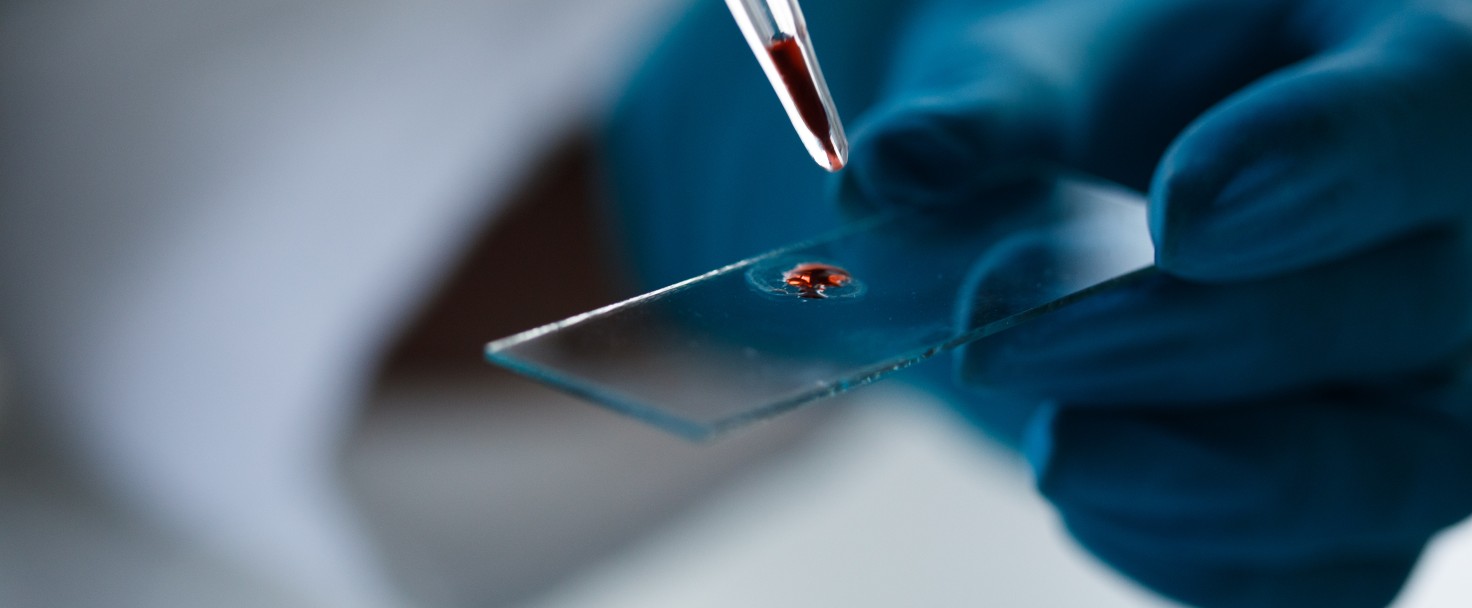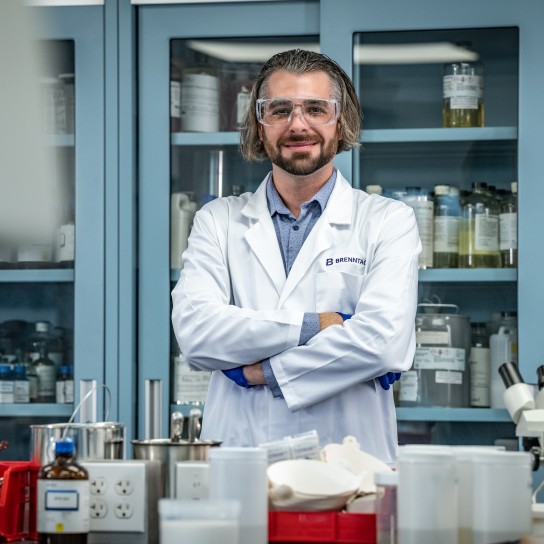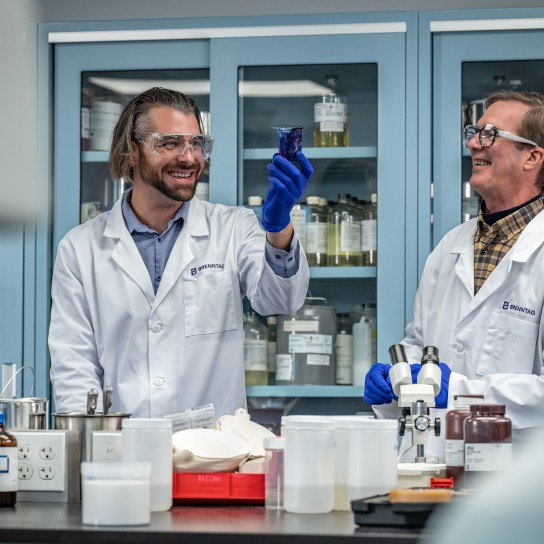End customer expectations, regulatory requirements and sustainability-focused research are reinforcing the trend. How do we implement that in practice? For example, with an epoxy coating developed to customer specifications which requires fewer resources during manufacture, is more durable and also more people and nature-friendly.
Working in the background, epoxies protect valuable machinery and materials: The synthetic resins are hard-wearing and durable. They are therefore used in mining, among other fields, where the constant breaking-down and crushing of stone and ore wear away at special machinery. Freight wagons and much-used concrete floors are also coated with them. Here, epoxy resins protect the materials from becoming damaged; rather than the machinery itself, the synthetic coating intended for this purpose wears out and is replaced at regular intervals. Epoxy resins are able to protect valuable pieces of equipment well, but are often expensive and can release volatile organic compounds (VOCs), which have adverse health effects. Making epoxies more environ- mentally friendly therefore makes an important contribution to sustainability in many sectors, as they are essential in many industries.



